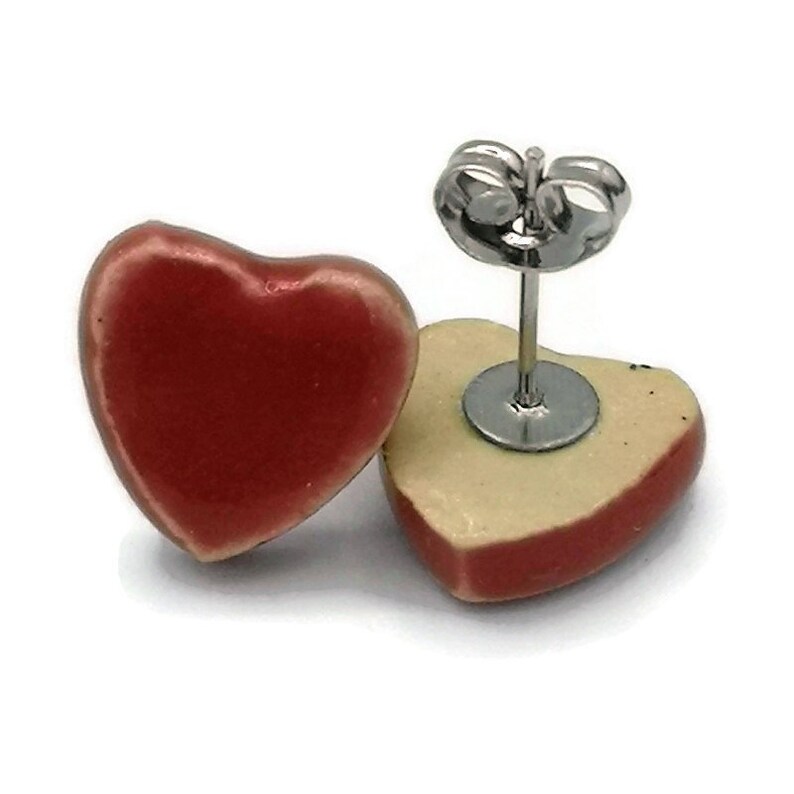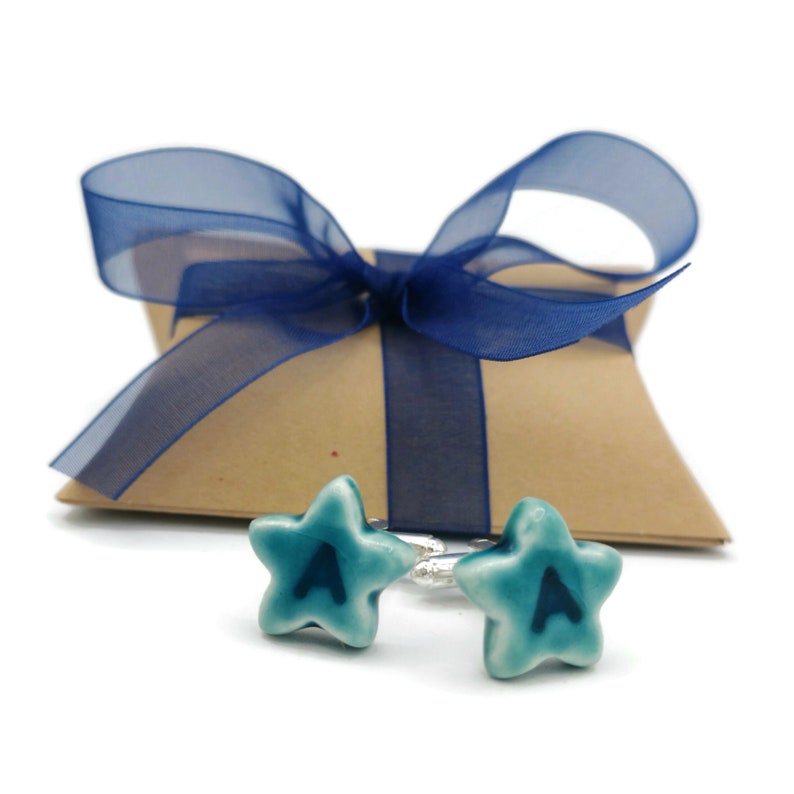Clay is a natural material that has been used for thousands of years in pottery, ceramics, and other crafts. It is a versatile and fundamental material that can be shaped, molded, and transformed into a wide variety of forms.
Clay is made up of tiny mineral particles that are found in the earth. It is composed mainly of aluminum silicates, such as kaolinite, halloysite, and illite, but it may also contain other minerals like feldspar, quartz, and mica. The properties of clay vary depending on its composition, the location it was mined, and how it has been processed.
When working with clay, it's important to understand that it is a living material that can be affected by its environment. Clay can absorb moisture and humidity, which can affect its plasticity and workability. It's essential to store clay in a dry place, and if it becomes too wet or too dry, it can be reclaimed by adding water or dry clay powder. Another important factor to consider is the shrinkage rate of the clay. All clay shrinks as it dries and during the firing process, and it's essential to take this into account when creating large or complex pieces.
Furthermore, it's important to note that although clay is safe to use, once it dries the resulting dust can be dangerous for your health. It's essential to use a mask and ventilate the space when dealing with clay dust.
There are many different types of clay available, each with unique properties and characteristics that make them suitable for different techniques and projects. Whether you are a beginner or an experienced potter, there is a type of clay that will suit your needs and skill level.
In conclusion, clay is a versatile and fascinating material that has been used for thousands of years in pottery and ceramics. It offers a wide range of possibilities and techniques that can be used to create beautiful and unique pieces. Understanding the properties and characteristics of clay can help you choose the right type for your project, and with a little care and patience, you can create beautiful and lasting pottery and ceramics.
.png) |
| A piece of white clay and some pottery tools. |








